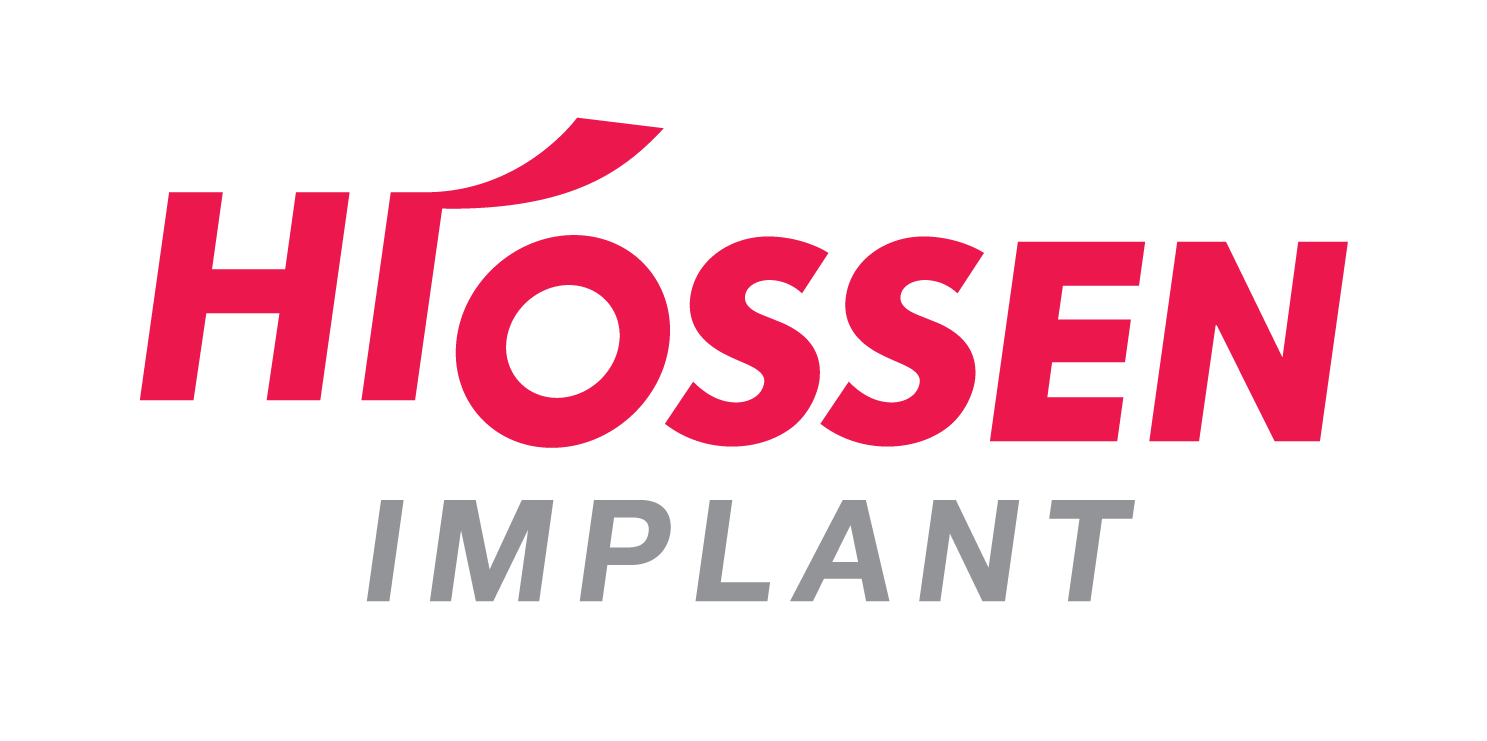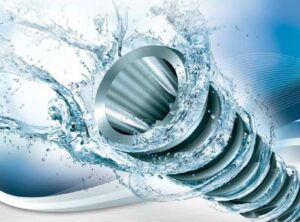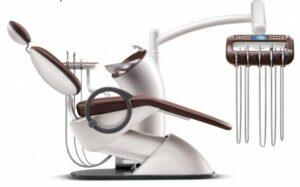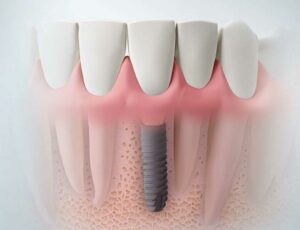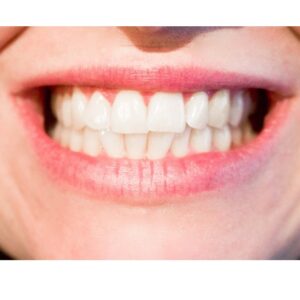Before a clinician can help you achieve your perfect smile, they need to examine the exact shape of your mouth and the current position of your teeth. Having an accurate model as a reference can allow the clinical team to create a personalized treatment plan, form crowns and bridgework and take a permanent record of the teeth before and after treatment for comparison. The most common method of model creation involves taking a dental impression.
What Is a Dental Impression?
A dental impression is a three-dimensional imprint of the teeth and mouth. A professional can use a dental impression to form items that fit your mouth exactly, resulting in a smile that looks and feels natural. An imprint can record information about the shape, size and position of the teeth, gums and surrounding tissues.
Dental impressions are commonly used before and after a variety of dental procedures. A clinician may also use a dental impression to create items you can take home with you, such as custom mouthguards and tooth whitening trays. An accurate dental impression can help your clinician:
- Plan orthodontic treatment
- Diagnose certain conditions
- Create crowns, bridges and veneers
- Craft custom dentures
- Plan for a restorative dental implant procedure
Depending on the goal or procedure, your clinician may decide to take an impression of the upper set of teeth, the lower set of teeth or both. Upper impressions include the roof of the mouth, while lower impressions include the floor of the mouth and the space under the tongue.
How Does the Dental Impression Process Work?
To create a dental impression, a clinician will fill an impression tray with a gel-like material. They will then place the tray in your mouth over your teeth. The teeth will displace the impression material, and the impression material will fill up the negative space between the teeth, creating a detailed impression. The tray will need to remain in your mouth until the impression material hardens. Your clinician will then send the completed mold to the laboratory for further processing.
You may need to have an impression taken at multiple stages depending on the type of treatment you receive. For example, if you’ve chosen to undergo a dental implant procedure, your clinician may take an implant-level impression after placing an implant coping under the gums. An implant coping is a component that fits onto the implant fixture head. In an open tray implant impression, these copings stay inside the finished impression to help the clinician craft a better replacement tooth.
What to Expect During the Creation of a Dental Impression
If you’ve never had a dental impression taken before, you might feel a little nervous. You should know that clinicians take dental impressions regularly, and as a result, the process is simple and straightforward. Below, you can find answers to common questions about the procedure.
Is the Dental Implant Impression Procedure Painful?
The impression process is not painful. However, the dental impression material can sometimes trigger a gag reflex. Your clinician will choose an appropriately sized impression tray to help make the process as comfortable as possible.
How Long Does the Impression Process Take?
The dental impression will need to set completely before removal from the mouth. The exact setting time depends on the impression material, but it usually takes at least a few minutes.
What Can I Do to Make the Impression Process More Comfortable?
To prevent gagging, you might try taking slow, deep breaths through your nose and sitting up in your chair for the procedure. If you have had a difficult time with dental impressions in the past, be sure to tell your clinician.
Take Accurate Impressions Using the HySil Impression System
Precise dental impressions help clinicians provide treatment tailored to each individual patient. For the most accurate result, it’s important to choose the right size for the impression tray. Some clinicians even choose to use custom trays for certain procedures.
In addition to choosing the right impression tray, clinicians can also ensure an accurate result by choosing a high-quality dental impression material. At Hiossen® Implant, we’ve designed the HySil impression system to take accurate impressions quickly and easily. Made from ultra-hydrophilic silicone, this material provides benefits such as:
- High stability and ease of handling
- A short setting time of four minutes and 30 seconds
- The ability to reach deep into gaps between teeth for excellent precision
For more information about the HySil impression system, please reach out to us. Whether you’re a patient or a clinician, we’ll be happy to answer your questions.
